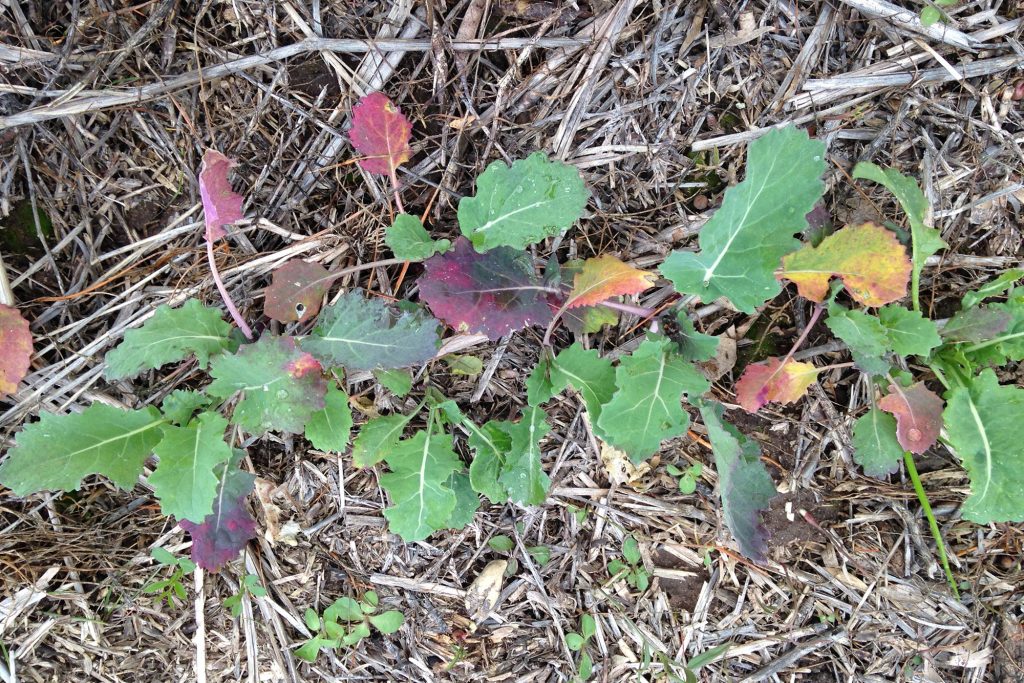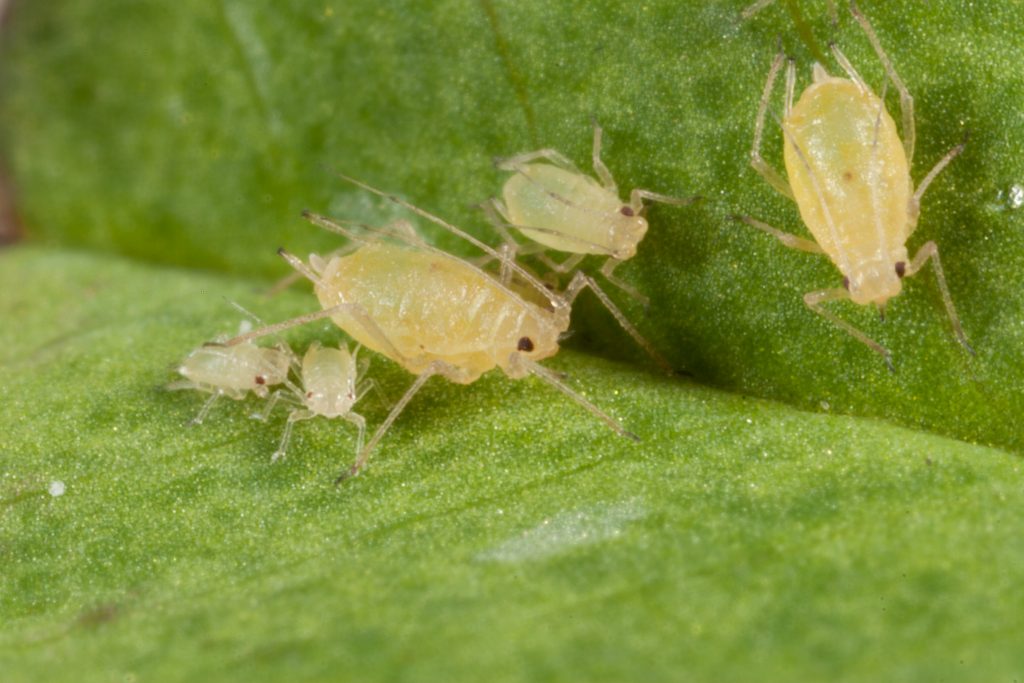While Turnip yellows virus has been confirmed in some canola crops in Victoria and NSW, growers are urged to inspect paddocks before applying insecticides.
Laboratory results have positively identified Turnip yellows virus (TuYV, formerly Beet western yellows virus) in some canola paddocks in the Victorian North East, South West, and Mallee, and the Riverina region, NSW.
While this confirms the presence of the virus in some areas, it is recommended that growers and advisers monitor canola crops for aphids and beneficial insects, and only consider spraying as a last resort.
About Turnip yellows virus
Turnip yellows virus is a persistent, phloem restricted virus that is spread by aphids, in particular the green peach aphid (Myzus persicae). Persistent viruses are carried within the aphid and are transmitted to healthy plants during feeding, which can take hours. Aphids remain infective throughout their life. TuYV is not seed-borne.
Early infection of canola with TuYV up to the rosette stage can result in high yield losses.
Yield loss due to TuYV infection decreases at later stages of crop development, however, canola remains susceptible until mid-podding.
Infection after mid-podding can affect oil quality, but yield loss is minimal.
Turnip yellows virus infection diminishes seed quality by decreasing oil content and increasing erucic acid and glucosinolate levels.
The TuYV infection causes plant stunting, reddening, yellowing and stiffing of lower leaves. Symptoms, however, are not a definitive diagnostic as they are similar to nutrient disorders or physiological stress.

Aphid vectors
Green peach aphid is the principal vector of TuYV with 96 per cent transmission efficiency.
Cabbage aphid (Brevicoryne brassicae) and turnip aphid (Lipaphis pseudobrassicae) can also transmit the virus, but at a much lower rate.
Green peach aphid is generally found on the underside of leaves, while cabbage and turnip aphids are typically found in dense colonies, around growing tips and flowering spikes.
Autumn is an key time for virus infection in canola.
In some regions, the mild temperatures in March and April provided optimal conditions for green peach aphid to multiply and potentially spread TuYV from volunteer canola and brassica weeds to this season’s crops.

Turnip yellow virus management
Cold weather and rainfall suppress aphid numbers during winter. In spring, however, warmer temperatures are likely to result in increased aphid flight activity and higher aphid population densities.
Spring TuYV infections generally have significantly less impact on yield, compared with autumn infections.
Monitoring
While no economic thresholds have been developed for green peach aphid in canola, we recommend that growers and advisers continue to monitor aphid populations closely.
Check for a build-up and the production of significant numbers of winged aphids, which signal that flights may be about to occur.
Aphids (and their potential flights) can be monitored using a combination of yellow sticky traps and directly searching for aphids on plants.
Green peach aphid colonies are most likely to be found on the underside of the lowest, oldest leaves on the plant.
Sweep nets are also useful for doing a rapid assessment of the presence of green peach aphid and their winged form.
Repeat your monitoring to understand the rate of change of aphid populations and beneficial insects in the crop. The presence of beneficial insects in canola can help keep pest populations low and reduce the need for insecticides. Look for parasitic wasps (or aphid ‘mummies’), ladybirds, hover flies and lacewings in the crop before spraying.
Control
Crop stage should be taken into consideration when making the decision to spray, as crops which have progressed past the rosette stage are less susceptible to yield losses from TuYV infection.
Given that aphids need to feed for extended periods to access the phloem for TuYV transfer, insecticides are useful in managing the spread of virus.
The green peach aphid, however, has built up resistance to most insecticide groups.
In Australia, green peach aphid is known to have resistance to four chemical mode of action sub-groups.
There is high resistance to carbamates (Group 1A) and synthetic pyrethroids (Group 3A), and these products will no longer work to control green peach aphid colonies.
There is low to moderate resistance to organophosphates (Group 1B) and neonicotinoids (Group 4A). Spraying a test strip of organophosphate will determine if these products will achieve control of green peach aphid colonies within the crop.
Sulfoxaflor (Group 4C) is still effective against green peach aphid, but its overuse should be avoided to minimise resistance selection pressure.
Growers and advisers are strongly encouraged to adhere to this resistance management strategy for green peach aphid, available from the IPM Guidelines For Grains website.
Acknowledgements
We thank Frank Henry, Luise Sigel and Mohammad Aftab from Agriculture Victoria for compiling much of this article.
Field reports
Frank Henry – Agriculture Victoria (South West, VIC)
Bruce Larcombe – Larcombe Agronomy (North East, VIC)
Andrew McMahen – Landmark (Mallee, VIC)
Rick Rundell-Gordon – Grounded Agronomy (Mallee, VIC)
Greg Sefton – Sefton Agronomics (Riverina, NSW)
Cover image: Photo by Agriculture Victoria





